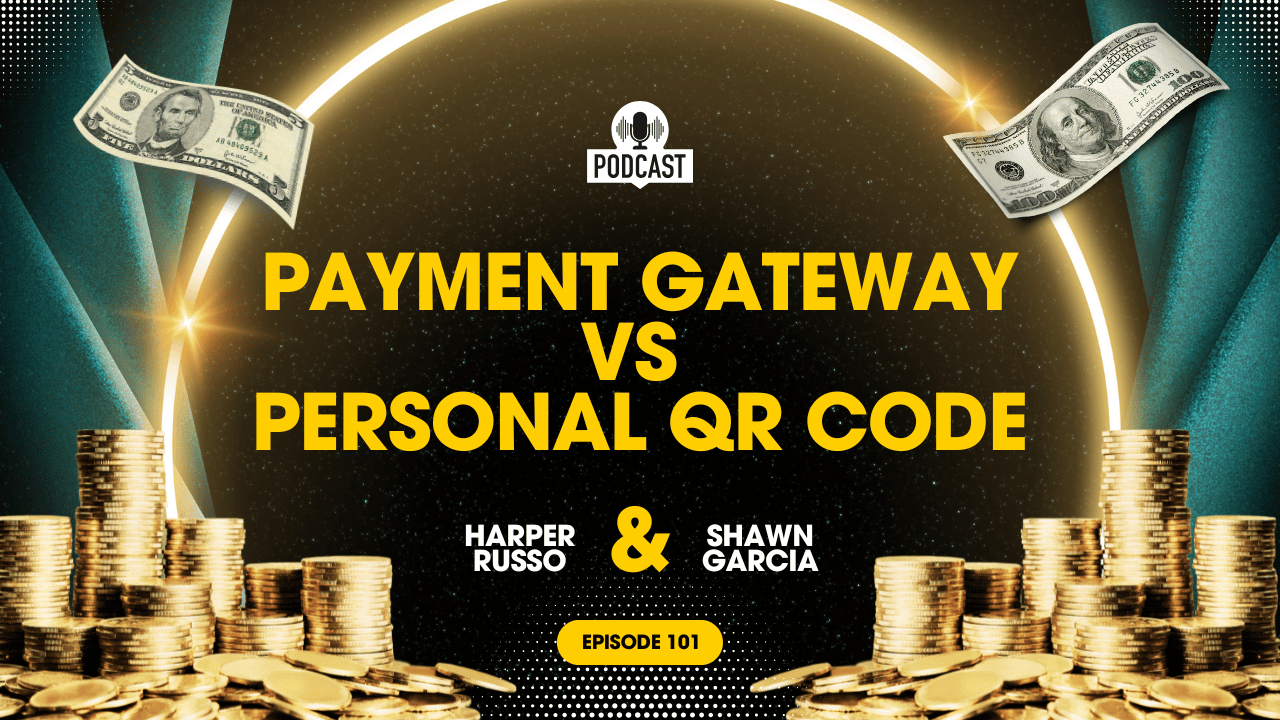Marketing
Why using Payment Gateway is always better than personal QR Code or Phone Number for paying via UPI?
Using a payment gateway instead of a personal QR code or phone number for UPI payments offers significant advantages, especially for businesses and professionals. Here’s why a payment gateway is better:
1. Professionalism and Brand Trust
- You can’t actually do anything when a person takes your payment via Personal QR code or Phone Number if he does not deliver your product/service.
- When there is a BIG NAME Payment Gateway is in between, then you can easily contact the Payment Gateway Support in case of any FRAUD.
- There is NIL possibility of taking the amount more than the requirement when you pay via genuine channel.
- While payment, your important Bank Details & other Financial Details will not be visible to the reciever.
- In short, you should never pay to the person / business which asks to do a payment on personal QR code and does not have a payment gateway.
- Personal QR/Phone: Using a personal phone number or QR code can seem informal and unprofessional, especially in business transactions.
- Payment Gateway: Offers a professional interface for payments, including branded pages or invoices, enhancing customer trust and confidence.
2. Better Tracking and Analytics
- Personal QR/Phone: Transactions are harder to categorize, track, and analyze beyond a simple bank statement.
- Payment Gateway: Provides detailed transaction reports, sales analytics, settlement insights, and data on payment patterns, which are crucial for businesses to track performance.
3. Integration with Business Tools
- Personal QR/Phone: Not linked to e-commerce platforms, CRMs, or invoicing software.
- Payment Gateway: Seamlessly integrates with websites, mobile apps, and invoicing tools, automating payment collection and reconciliation.
4. Multiple Payment Options
- Personal QR/Phone: Limited to UPI-based payments only.
- Payment Gateway: Supports UPI, credit cards, debit cards, net banking, wallets, and even EMI options, allowing flexibility for customers.
5. Automated Settlement and Refund Management
- Personal QR/Phone: Refunds require manual effort and can be time-consuming.
- Payment Gateway: Allows quick refunds and automated settlements, improving customer experience.
6. Enhanced Security
- Personal QR/Phone: Exposes your personal details like your phone number and bank account link, posing privacy and fraud risks.
- Payment Gateway: Uses secure encryption and fraud detection mechanisms, ensuring safer transactions.
7. Scalability for Businesses
- Personal QR/Phone: Not scalable for handling large volumes of transactions or multiple payment requests.
- Payment Gateway: Designed to process thousands of payments simultaneously with minimal manual intervention.
8. Customization and Notifications
- Personal QR/Phone: No options for sending payment reminders, notifications, or generating custom links.
- Payment Gateway: Allows you to send payment reminders, generate personalized payment links, and automate payment confirmation notifications.
9. Regulatory Compliance
- Personal QR/Phone: Difficult to ensure regulatory compliance for large-scale businesses or multiple locations.
- Payment Gateway: Complies with PCI DSS, data security, and government norms, reducing legal risks.
10. Customer Convenience
- Personal QR/Phone: Customers must manually scan or use your phone number to make payments, which may be cumbersome.
- Payment Gateway: Offers a seamless, user-friendly payment experience across devices with easy redirection and confirmations.
Conclusion
While personal QR codes or phone numbers are suitable for small, casual payments, a payment gateway is a far superior solution for businesses or professionals. It offers better scalability, security, and automation, while also projecting a professional image and enhancing the customer experience.

